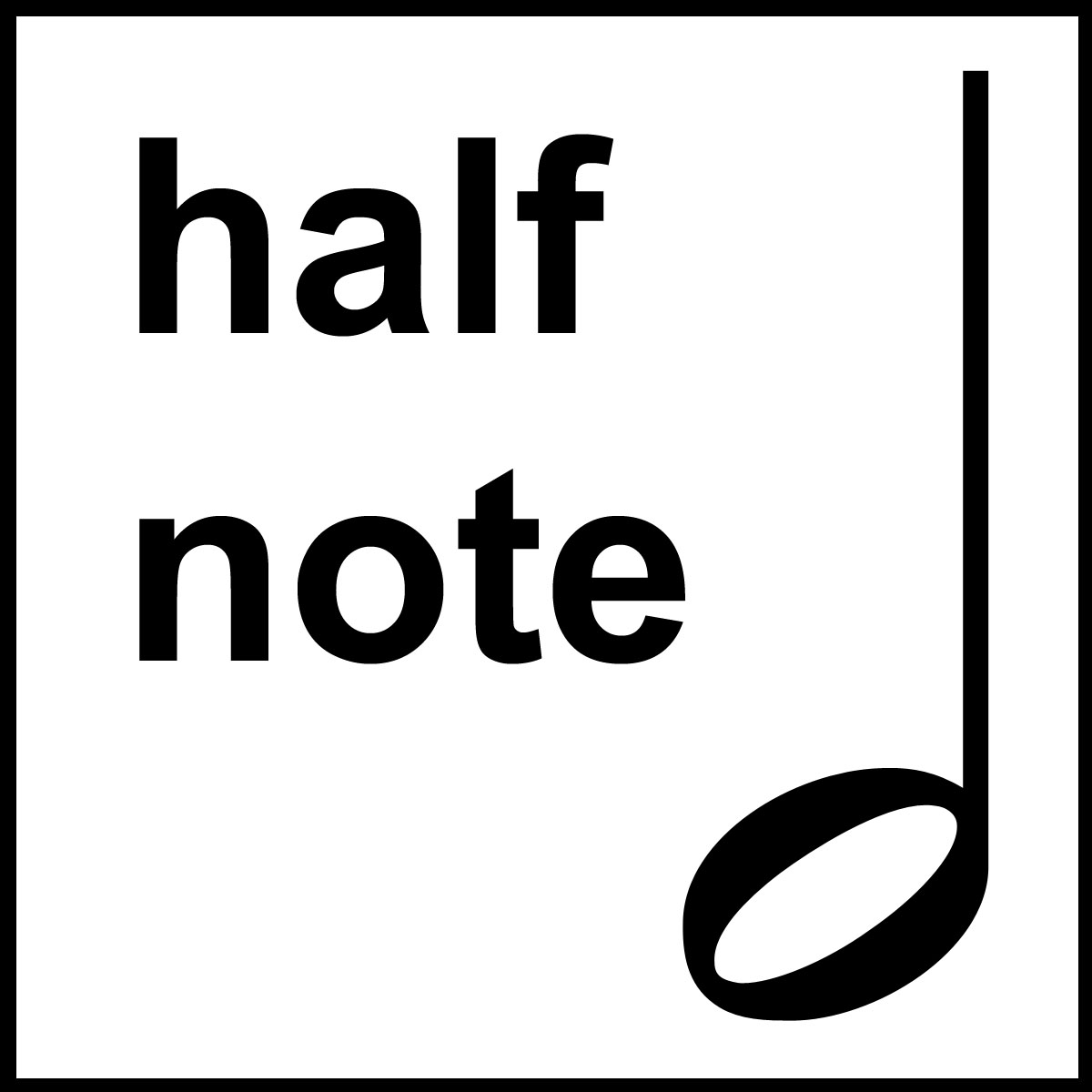
 8 - eighth note (common in modern avant-garde music and much other non-western music). For all meters the top number gives the number of notes per measure and the bottom number gives the note type. A time signature is found at the first measure right after the clef and key signature. By far the most common time signature is 4/4, the next most possibly being 3/4 (commonly associated with the waltz). It is like hearing Shakespeare and knowing how many syllables are in the lines and what meter it is in. This is why one can listen to a piece and know what time signature it is in. Time signatures are the basic description for the feel of the rhythm they define how to count the rhythm. Dotted notes have a dot on the right side, while staccato notes have dots on the top or bottom. a double-dotted half note would take 3½ beats.ĭo not confuse dotted notes with staccato notes. A double-dotted note is 75% longer than the normal note, i.e. a dotted half note would take 3 beats, lasting as long as three quarter notes tied together. Common uses include on bagpipes as grace notes or on guitar for slides, string-bends and hammer-on/pull-offs.Ī dotted note is 50% longer than the undotted version, i.e. They are shown as shrunken eighth notes, with a score through the shorter and the longer having no such flourish. The shorter of the two is the acciaccatura. They are both almost insignificantly short notes also known as "grace notes" for the purpose of expression. Staccato is shown by a dot below or above the note.Ī very short note is known as appoggiatura or acciaccatura. This is more a feature of articulation and style, rather than rhythm, but it has rhythmic bearing as playing staccato can often cause musicians to play out of tempo. Some musicians consider it to be "short and detached", whereas others suggest that a staccatoed note is half its value. Space is inserted between the notes by shortening the end of the note being played. This image shows notes and rests, in order from longest to shortest.Ī staccatoed note is 'separated' from the other notes around it. Music may also contain rests, in which no note is played or sung. One piece with such notes is the Pathétique Sonata by Ludwig van Beethoven.
8 - eighth note (common in modern avant-garde music and much other non-western music). For all meters the top number gives the number of notes per measure and the bottom number gives the note type. A time signature is found at the first measure right after the clef and key signature. By far the most common time signature is 4/4, the next most possibly being 3/4 (commonly associated with the waltz). It is like hearing Shakespeare and knowing how many syllables are in the lines and what meter it is in. This is why one can listen to a piece and know what time signature it is in. Time signatures are the basic description for the feel of the rhythm they define how to count the rhythm. Dotted notes have a dot on the right side, while staccato notes have dots on the top or bottom. a double-dotted half note would take 3½ beats.ĭo not confuse dotted notes with staccato notes. A double-dotted note is 75% longer than the normal note, i.e. a dotted half note would take 3 beats, lasting as long as three quarter notes tied together. Common uses include on bagpipes as grace notes or on guitar for slides, string-bends and hammer-on/pull-offs.Ī dotted note is 50% longer than the undotted version, i.e. They are shown as shrunken eighth notes, with a score through the shorter and the longer having no such flourish. The shorter of the two is the acciaccatura. They are both almost insignificantly short notes also known as "grace notes" for the purpose of expression. Staccato is shown by a dot below or above the note.Ī very short note is known as appoggiatura or acciaccatura. This is more a feature of articulation and style, rather than rhythm, but it has rhythmic bearing as playing staccato can often cause musicians to play out of tempo. Some musicians consider it to be "short and detached", whereas others suggest that a staccatoed note is half its value. Space is inserted between the notes by shortening the end of the note being played. This image shows notes and rests, in order from longest to shortest.Ī staccatoed note is 'separated' from the other notes around it. Music may also contain rests, in which no note is played or sung. One piece with such notes is the Pathétique Sonata by Ludwig van Beethoven. 
However, there are rare situations where they are appropriate. There are even shorter notes, such as the 128th note (semihemidemisemiquaver), but they are absurdly short for most music even 32nd notes are uncommon. (This is why the whole note is called the "semibreve" in Europe.) Each unit after that is half the length of the previous. Earlier music featured the breve, which is twice as long.

The whole note is the longest unit we will consider in this book. This book, for consistency's sake, will use the American names throughout. Here, the American names are listed first and the European names are listed in parentheses. There are two systems for naming notes in the English language.







 0 kommentar(er)
0 kommentar(er)
